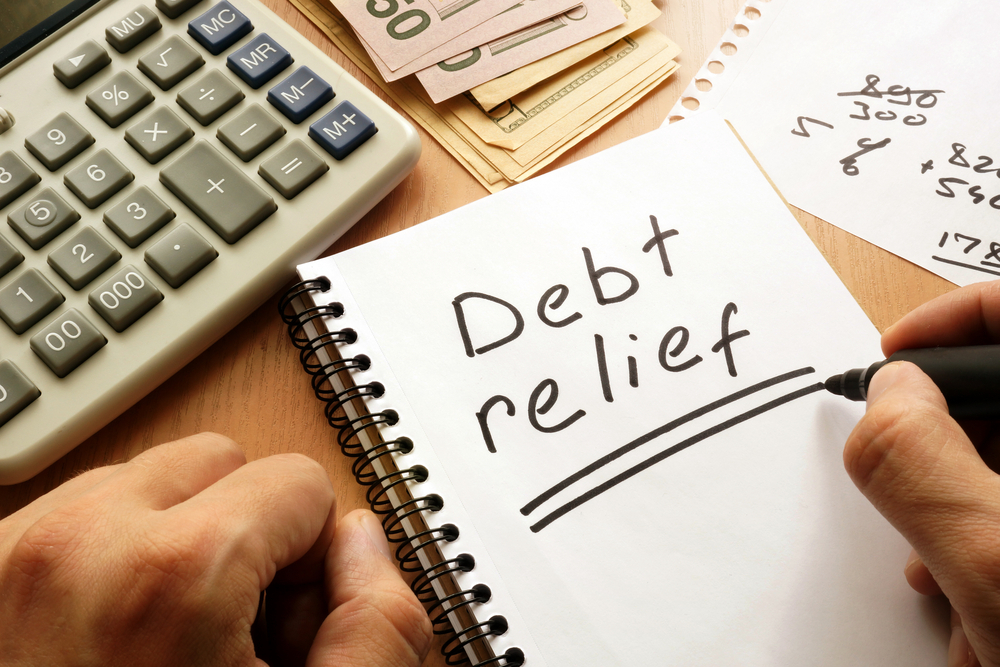Owe less than £20,000? A debt relief order (DRO) may be the right debt solution for you. Debt relief orders fall under the category of debt management solutions and they put hundreds of borrowers on the path to financial recovery.
Like all debt management plans, debt relief orders have their benefits and limitations. They may help you regain your financial footing, or they may be the more expensive option for you. Whether DROs work for you or not depends on your level of debt, circumstances, and finances.
That is why we recommend that you consult a professional debt specialist and get free debt help. Not only can they help you figure out what’s the best debt management plan for you, but they can also provide impartial advice regarding your financial situation.
Let’s take a moment to understand debt relief orders and how they work:
What is Debt Relief Order?
A debt relief order is an insolvency option that UK-based borrowers with low disposable income and minimal assets can avail to get relatively smaller outstanding debts (up to £20,000) written off.
Once your debt relief order is in effect, your debt repayments and interest would freeze for at least a year. Assuming that your financial situation has not improved during this duration, all your outstanding debts would be written off.
Debt relief orders are only available in England, Wales and Northern Ireland. If you live in Scotland, you may want to consider other debt solutions.
How Does a Debt Relief Order Work?
Once a debt relief order has approved, it comes into effect. Once a DRO is in effect, all your interest payments, additional fees, and extra penalties will freeze for a year. You won’t be required to pay your lenders and they cannot force you to pay up.
After a year-long break, your financial circumstances will be assessed, and a proper debt repayment plan will be formulated for you. If you’re still unable to manage your outstanding debts or make repayments on time, your debt would be written off.
You’d need the help of a special DRO advisor to fill out the DRO application. Your DRO advisor will also provide valuable financial advise and negotiate your DRO with your creditors. Your DRO advisor won’t charge you but you’d need to pay a £90 fee along with your DRO application. You can pay this amount in a lump sum or choose to make payments in the form of installments spanning over 6 months.
Do I Qualify for a Debt Relief Order?
You should be able to apply for a DRO if you meet all of the following conditions:
- You have not been able to pay your outstanding debts
- Your total debt does not exceed £20,000
- You’ve got £50 or less leftover every month after you have paid your utility bills and household expense.
- You do not own your home
- Your other savings or assets are worth less than £1,000
- You do not own a car worth £10000 or more. The only exception to this rule are cars that have been adapted to meet the needs of differently-abled individuals.
- It has been at least 6 years since your last DRO was made and you aren’t presently going through another form of insolvency e-g bankruptcy or IVA
- You’ve been a resident of England, Wales or Northern Ireland for 3 years
Pros & Cons of Debt Relief Orders
Like all debt solutions, debt relief orders have their pros and cons. They do not work for everyone and DROs are not a default way to become debt-free. That’s why we recommend that you seek free debt advise from an experienced money expert before you make any decision.
Pros of Debt Relief Orders
Here are some of the benefits of debt relief orders:
- A debt relief order, if it works for you, is a low-cost alternative for formal insolvency solutions such as bankruptcy
- DROs can guard you against legal action initiated by creditors
- Your creditors cannot pursue you for repayments for an initial 12-month period
- You do not need to appear in court
- Your outstanding debts will get cleared off by the end of your DRO
Cons of Debt Relief Orders
Here are some of the risks involved in taking out a DRO:
- You cannot apply if you own your house, even if your house is in negative equity
- A DRO may show in your credit report
- DROs appear in public insolvency register since they’re a formal insolvency option
- You’ll have to pay a one-time nonrefundable fee of £90 to apply for a DRO
Get Debt Help from Experts
Deciding whether a DRO or another formal debt solution works for you by yourself can be complicated. If you’re struggling to repay your debts and want to create a proper debt plan for yourself, you can easily get free help from experts.
Money Advisor is a UK-govt backed debt advisory service that provides free consultation and resources, borrowers, all across the UK. If you want to check whether DROs are the right option for you, visit Money Advisor to get free help from debt advisors

